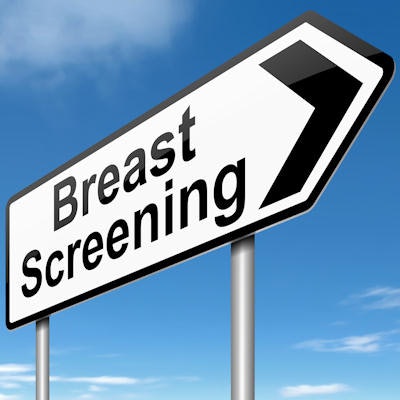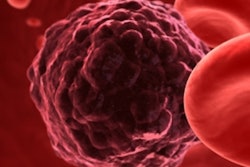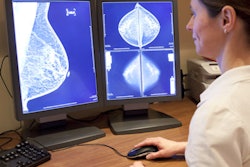
Over the last three decades, the powerful combination of screening mammography and improved breast cancer treatments has led to a sharp decline in breast cancer mortality rates and has likely saved hundreds of thousands of lives, according to research published online February 11 in Cancer.
In a wide-ranging analysis, a team of researchers led by R. Edward Hendrick, PhD, of the University of Colorado School of Medicine estimated that screening mammography and advances in treatment may have averted nearly 615,000 deaths from breast cancer since 1989.
"Recent reviews of mammography screening have focused media attention on some of the risks of mammography screening, such as callbacks for additional imaging and breast biopsies, downplaying the most important aspect of screening -- that finding and treating breast cancer early saves women's lives," Hendrick said in a statement from publishing company Wiley. "Our study provides evidence of just how effective the combination of early detection and modern breast cancer treatment [has] been in averting breast cancer deaths."
To estimate the number of lives saved by mammography screening and improved treatments since 1989, the researchers first gathered female age-adjusted breast cancer mortality rates and population data for each five-year age group from the Surveillance, Epidemiology, and End Results (SEER) database. They then estimated background breast cancer mortality rates using four methods:
- Assuming that background breast cancer mortality rates were flat since 1989
- Assuming that background breast cancer mortality rates after 1989 continued their previously steady increase of 0.4% per year
- Estimating for each five-year age group using the change in breast cancer mortality rates for that specific age group prior to 1990
- Assuming that background breast cancer mortality rates increased by 0.94% per year
In addition to estimating the number of lives saved, they also estimated the percentage of mortality reductions for U.S. women overall and separated those into five-year age groups. The research team, which also included Dr. Jay Baker of Duke University Medical Center and Dr. Mark Helvie of the University of Michigan Rogel Cancer Center, assumed that the background mortality rates for each of the four methods continued until three different end dates: 2012, 2015, and 2018. While SEER breast cancer mortality rate data were utilized for the 2012 and 2015 analysis, the researchers calculated estimates from 2016 to 2018 by extrapolating SEER rates from 2006 to 2015 and using census projections of U.S. female population data.
After determining the number of breast cancer deaths averted in a given year by summing over all five-year age groups between 40 and 84 years, they then summed up deaths averted each year from 1990 to the end points of 2012, 2015, and 2018.
| Estimated effect of mammography screening and improved treatments since 1989 | |||
| As of 2012 | As of 2015 | As of 2018 | |
| Cumulative breast cancer mortality reductions | 38.6%-50.5% | 41.5%-54.2% | 45.3%-58.3% |
| Cumulative breast cancer deaths averted | 237,234-370,402 | 305,934-483,435 | 384,046-614,484 |
The researchers acknowledged a number of limitations in their study, including the fact that SEER breast cancer incidence data do not specify whether a woman attended a mammography screening within one year of her diagnosis. In addition, the researchers did not attempt to estimate the separate contributions of screening versus treatment advances. Also, they estimated just the number of breast cancer deaths averted and the percentage of mortality reduction since 1989, rather than the full number of breast cancer deaths averted by screening mammography and treatment improvements. The researchers noted that even though the onset of widespread screening mammography in the mid-1980s didn't begin to affect breast cancer mortality rates until the early 1990s, treatment improvements such as tamoxifen and advances in surgical therapy were ongoing and averting breast cancer deaths prior to 1989.
"However, based on SEER mortality data and the estimates in the current study, we believe that hundreds of thousands of women's lives, likely in excess of one-half million by 2018, have been saved by the use of screening mammography and new developments in breast cancer treatment since 1989," the authors concluded.
Additional benefits will likely be realized as research continues, co-author Helvie noted.
"While we anticipate new scientific advances that will further reduce breast cancer deaths and morbidity, it is important that women continue to comply with existing screening and treatment recommendations," he said in a statement.



















